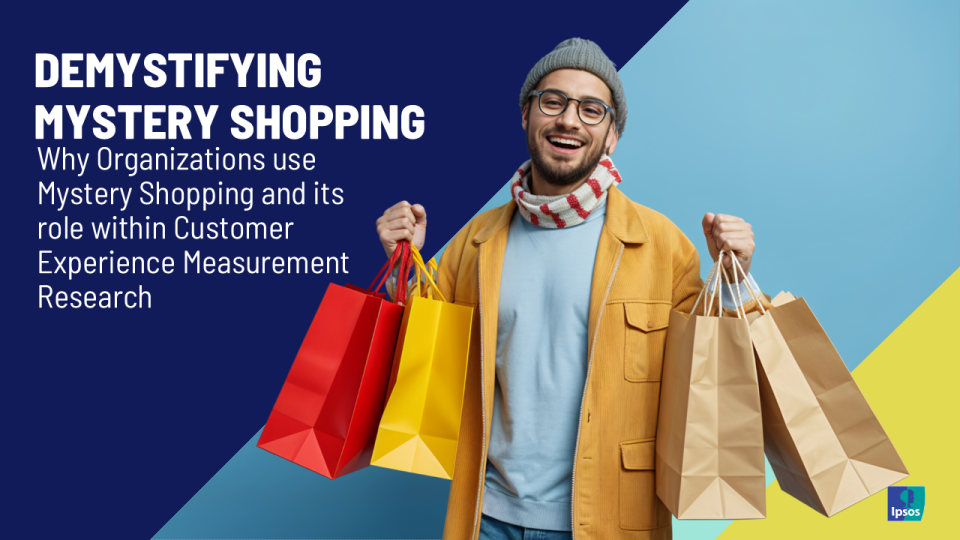

Demystifying Mystery Shopping
A differentiated customer experience across customer facing touchpoints is crucial to win in today’s hyper competitive scenario. In order to achieve this there are various interventions brands do across their physical and digital touchpoints to win customers at point of sale but often they do not measure the efficacy of these, potentially exposing the brands to various risks – risk of losing the potential lead, risk of non-compliance and most importantly risk of underdelivering on the brand’s promise.
In this paper, we delve into the unique advantages of Mystery Shopping in assessing employee behaviour, process compliances, and how it complements Voice of the Customer research as part of a comprehensive Customer Experience measurement strategy.
Mystery shoppers acting as regular customers provide unbiased feedback on various aspects of the customer journey, such as service quality, adherence to brand processes and if the overall experience aligns with the brand's promises. Further mystery shopping, when used in conjunction with voice of the customer research, provides a comprehensive understanding of customer experience by evaluating both the emotional aspect and the effectiveness of operational processes.
Different kinds of mystery shopping programs provide unique benefits, all aimed at improving the customer experience and ensuring brand consistency.
In this paper, we have outlined four main types of Mystery Shopping programmes, each with specific business applications: Customer Service, Compliance, Product Recommendation, and Sales Conversion. Customer Service Mystery Shopping enables organisations to identify gaps and improve employee behaviour that drive customer experience metrics. Compliance Mystery Shopping is crucial for preventing consumer harm and avoiding penalties in regulated industries, while Product Recommendation Mystery Shopping reveals if a manufacturer's products are being recommended by third-party sellers and why. Sales Conversion Mystery Shopping, when combined with sales data, allows retailers to optimise their sales processes and employee behaviour.
With advancements in technology, mystery shopping in India has evolved beyond traditional methods to provide even more insightful and actionable data. These modern techniques include video and audio documentation of customer service interactions, real-time analytics allow businesses to receive immediate feedback, enabling swift corrective actions to address issues as they arise. Additionally, AI-powered insights utilize artificial intelligence to detect patterns, predict trends, and identify potential risks, allowing businesses to proactively improve their operations and customer experience.
The most customer-centric organisations leverage both Mystery Shopping and Voice of Customer in a holistic approach to drive continuous improvement. This report helps understand the unique roles and advantages of each methodology which can enable businesses to create a powerful, integrated customer experience measurement system that delivers actionable insights and measurable business impact.
For more details, reach out to learn more about how to transform customer experience and drive improvement in your business metrics.


